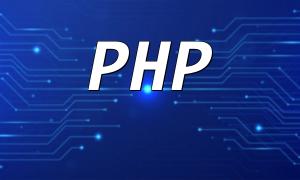In modern web development, JavaScript and PHP are two of the most commonly used programming languages. Each plays a crucial role on the client and server sides respectively. Understanding the differences between them helps developers make smarter technology choices.
JavaScript is a high-level, interpreted programming language that runs mainly in browsers. It's used to enhance the interactivity and dynamic behavior of web pages.
PHP is a server-side scripting language mainly used to generate dynamic web content and interact with databases.
JavaScript typically executes within the browser, making it a client-side language that can immediately respond to user interactions.
PHP runs on the server. Every time a user requests a page, the server processes PHP code and returns the generated HTML to the browser, making it a server-side language.
JavaScript is used widely for dynamic websites, building frontend frameworks (like React and Vue), mobile apps, and even server-side development via Node.js.
PHP is primarily used in backend development, such as in content management systems (WordPress, Drupal) and e-commerce platforms (Magento).
JavaScript has a rich ecosystem of frontend frameworks and libraries such as Angular, jQuery, and Vue, which increase development efficiency.
PHP also has a mature backend framework ecosystem, including Laravel and Symfony, which helps developers build high-performance applications quickly.
JavaScript uses a prototype-based inheritance model and supports asynchronous and event-driven programming, making it well-suited for complex client-side interactions.
Here's a simple JavaScript example:
<span class="fun">document.getElementById("demo").innerHTML = "Hello, JavaScript!";</span>PHP's syntax is closer to C, making it easier to learn for many new developers. Here’s an example that outputs the current date in PHP:
<span class="fun">echo "Today's date is " . date("Y-m-d");</span>JavaScript involves multiple programming paradigms (object-oriented, functional, and event-driven), which can result in a steeper learning curve.
PHP has a simpler syntax and is easier to get started with, making it more beginner-friendly for backend development.
JavaScript runs on the client side, reducing server load and allowing faster user interactions, which is ideal for interactive applications.
PHP depends on server resources; its performance is limited by server capacity, but it's well-suited for data processing and business logic.
JavaScript is best for frontend interactions, while PHP excels in handling backend logic and data. In practice, these languages are often used together to create seamless and efficient web applications.
When deciding between JavaScript and PHP, developers should consider project requirements, team expertise, and long-term scalability goals.









